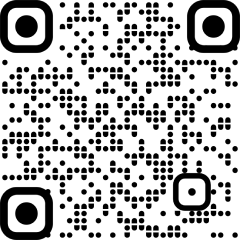- Industry
- 3 min read
57 per cent Indian organisations at startup stage of genomics high-performance computing infrastructure: IDC whitepaper
The research reveals that drug discovery and genomics diagnostics are the most critical workloads for 70 per cent of organisations in India.
The research reveals that drug discovery and genomics diagnostics are the most critical workloads for 70 per cent of organisations in India. However, 47 per cent of those lack the computing power to analyse the high-velocity genomics data, which has become the top IT challenge in genome sequencing. Genomics HPC infrastructure landscape is set to grow as 83 per cent of organisations in India anticipate their annual genomics workloads to grow more than 10 per cent over the next two years.
The survey was conducted across 150 pharmaceutical and biotech companies across five key markets in Asia – India, Singapore, Thailand, Japan, and Korea.
Genomics and Humanity’s Greatest Challenges:
Distinctive aspects discovered in the white paper point to the expansive potential of genomics. According to 30 per cent of surveyed leaders in India, genomics could also be a game-changer in helping to improve the environment as climate change continues to be a serious cause of concern.
Commenting on this, Sinisa Nikolic, Director and Segment Leader, HPC & AI, AP, Lenovo ISG, said, “The volume and type of genomics data generated is unimaginable and to make accurate decisions based on this data requires huge computing power. This gets even more difficult with complex and unscalable solutions that were found to be cautious factors for 50 per cent of organisations in India looking for genomics solutions.”
Increasing Genomic Workloads and Storage Capabilities:
The trend towards developing niche, high-value personalised health solutions is expected to boom as 83 per cent of organisations in India anticipate their annual genomics workloads to grow more than 10 per cent over the next two years. Similarly, for 80 per cent, the annual spend on data storage and computation is likely to increase more than 10 per cent in the two years period.
The growing storage requirement predictions could add to the existing cost burdens for 33 per cent of organisations who are currently spending more than $1M annually on data compute, storage, and maintenance & services. Even with the challenges around scalability, flexibility, and costs, nearly half of the respondents are not looking to acquire new solutions to transform their HPC landscape.
Recognising IT Challenges and Accelerating Genomics Transformation with HPC:
With a growing focus on making precision medicine a reality, nearly 47 per cent of decision-makers in India’s genomics industry feel that, with the high velocity at which genome data is generated, the lack of computing power to analyse it becomes the biggest infrastructural challenge for genome sequencing.
Interestingly, 46 per cent are using 3D augmented reality/virtual reality (AR/VR) solutions, indicating a growing shift toward immersive visualisation techniques, complemented by deep learning to enable molecular modelling and simulations.
In the entire context of genomics data, cyber threats are a key challenge for only three per cent of the organisations in India, while more than 80 per cent feel strongly of their cybersecurity strategy indicating it as lowest amongst the hurdles.


Comments
All Comments
By commenting, you agree to the Prohibited Content Policy
PostBy commenting, you agree to the Prohibited Content Policy
PostFind this Comment Offensive?
Choose your reason below and click on the submit button. This will alert our moderators to take actions